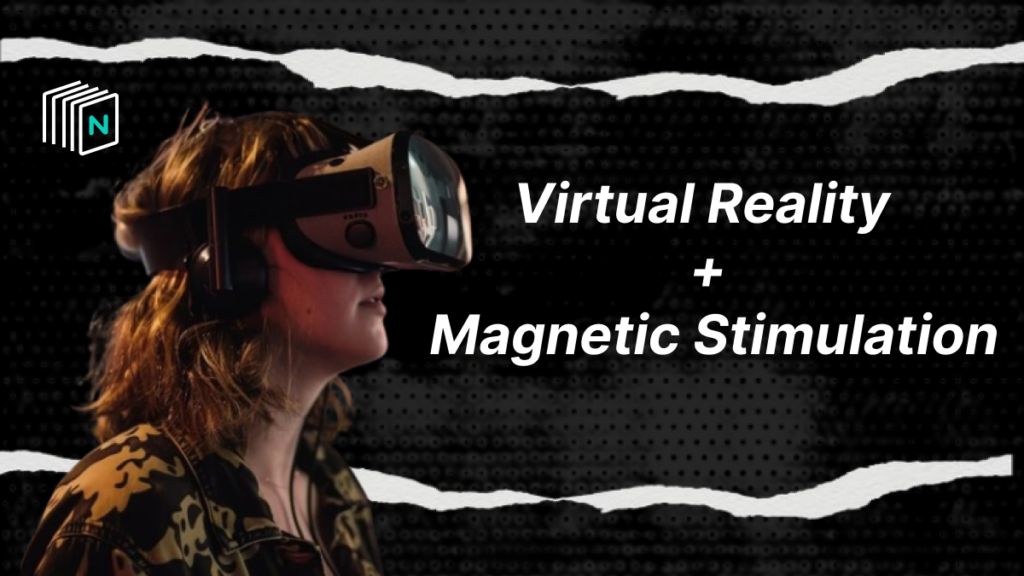PTSD Battleground Gets a VR and Brain Stimulation Upgrade: Hope Emerges for Veterans and Beyond

Imagine confronting your worst fears, but in a safe, virtual space. That’s the exciting new frontier researchers at Brown University are exploring to help people, especially veterans, battling PTSD(Brain Stimulation for PTSD). The results are so promising, they’re like a ray of hope piercing through the darkness of this often-debilitating condition.
The PTSD Struggle: When Memories Haunt
PTSD, or Post-Traumatic Stress Disorder, is a nasty beast. It shows up after a terrifying experience, like war, a violent attack, or a horrific accident. People with PTSD get stuck reliving the trauma through flashbacks and nightmares. They might avoid anything that reminds them of what happened, making it tough to live a normal life.
Treatment Challenges: Meds, Therapy, and Dropouts
There are treatments for PTSD, but they’re not perfect. Medications can come with side effects, and exposure therapy, where you gradually face your fears in a safe setting, can be emotionally brutal. No wonder so many people drop out.
VR and Brain Stimulation: A Tag Team for Healing
This new study throws a whole new weapon into the fight against PTSD: a combo of virtual reality exposure therapy and brain stimulation. Here’s the breakdown:
- VR Exposure Therapy: Imagine a safe, controlled environment where you can confront your triggers gradually. That’s VR exposure therapy in a nutshell. It allows you to face your fears head-on, but in a virtual world where you’re in charge.
- Brain Stimulation: This non-invasive technique uses a low electrical current to nudge specific brain regions. In the context of PTSD, it might help regulate emotions and how you process memories, potentially making therapy even more effective.
The Study: Putting the Combo to the Test
The Brown researchers didn’t just have a cool idea; they put it to the test. They gathered veterans with chronic PTSD and split them into two groups. One group got VR exposure therapy with brain stimulation, while the other got VR with a sham treatment (basically, no real brain stimulation).
The Results: Faster, Stronger Relief
The results were music to the ears (and hearts) of people struggling with PTSD. The veterans who got the VR and brain stimulation combo saw a way bigger reduction in PTSD symptoms compared to the sham group. Plus, it worked faster! Improvements that usually take 12 weeks of traditional therapy were achieved in just two weeks with VR and brain stimulation. That’s a game-changer!
Why VR is a Game-Changer
VR exposure therapy is kind of like training wheels for facing your fears in the real world. It allows you to confront triggers in a safe space, making the whole process less emotionally draining. Plus, VR environments can be customized to each person’s needs, making treatment more personal.
The Road Ahead: Building on Hope
This study is a huge step forward, but it’s just the beginning. More research is needed to see how long the effects last and if it works for a wider range of people. But the initial findings are a beacon of hope for those battling PTSD. Imagine a future where treatment is faster, easier, and more effective – that’s the promise VR and brain stimulation hold. It’s a new weapon in the fight against PTSD, and it’s giving people a fighting chance to take back their lives.
